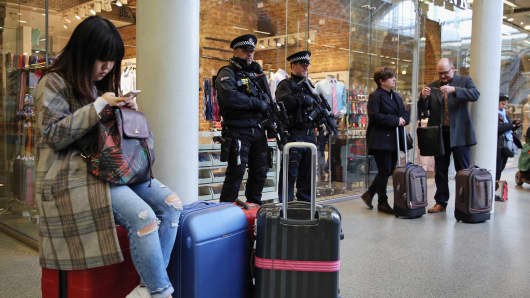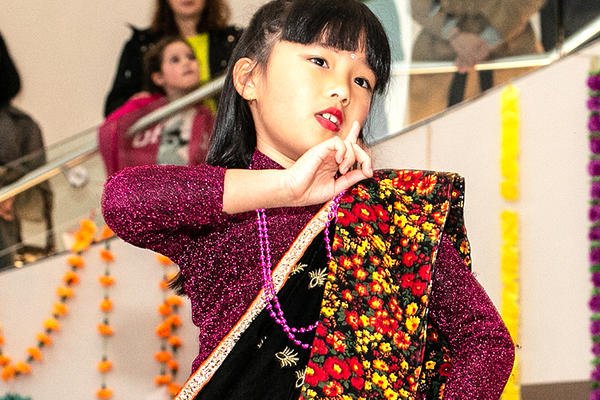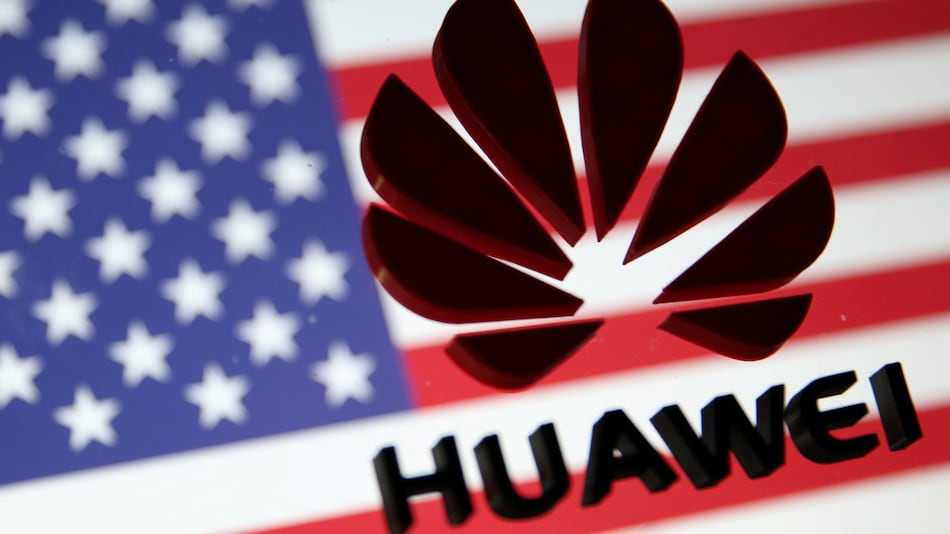In the wake of another devastating terror attack, millions of people are opening up Facebook to check in on friends, and Twitter to share their grief and support.
Once again, social media is proving a valuable tool for connecting people after tragedy. In fact, with mobile networks overloaded, people in Brussels were urged to use social media to communicate. Even wireless carriers Proximus SA and Mobistar SA asked customers to communicate via text messaging or social media via Wi-Fi networks.
Belgium’s Deputy Prime Minister, Alexander De Croo recommended certain apps — Whats App, Facebook, Twitter — as he urged Belgians to avoid phone calls.
CrisisCenter Belgium tweeted out Tuesday morning: “Don’t call. Use texting or social media. Network is getting saturated. #Brussels.”
Belgium’s CrisisCenter’s Twitter profile told its 60,000-plus followers that all Telenet Hotspots are free to use in Brussels, but asked that people only use the Internet for what’s necessary.
Facebook activated its “Safety Check” tool, inviting people in the region to mark themselves and friends as “safe,” “unsafe,” or “not in the area.” The notification then appears as an alert in their friends news feeds. Facebook unveiled Safety Check in 2014, using it just for natural disasters until the Paris attack in November.
Facebook hasn’t yet revealed any data on how many people have activated Safety Check in Brussels, but the company said “more than 950 million people received a notification that a friend or loved one was safe in a crisis last year. Our hearts go out to the people of Brussels and everyone affected by today’s tragic events.”
On Twitter, people shared cartoons and images to express grief and solidarity, many with the red, yellow and black of the Belgian flag. The hashtags #WeerbaarBelgie (Resilient Belgium) and #JeSuisBruxelles surfaced, a callback to the #JeSuisCharlie hashtags after the Charlie Hebdo attacks in Paris over a year ago. #Brussels and #PrayForTheWorld trended and Twitter’s lead “Moments” — curated stories based on tweets, were all about the attack.
People also turned to Twitter to offer help to strangers. The hashtag #ikwilhelpen – “I want to help” trended as Twitter users reached out to those stranded by the airport and trains shutting down. With the hashtag #OpenHouse people offered a place to stay.
[“source-gsmarena”]







